Winner of the Art Gallery of New South Wales’ first four Archibald Prizes (1922 to 1925) – and several more thereafter – was Melbourne’s William Beckwith McInnes. With the Archibald wins, and then in his early 30s, McInnes was already an acclaimed landscape artist and had exhibited works painted in the British Isles, Spain and Morocco. After his Archibald successes he became, arguably, the country’s most sought-after portrait painter with official commissions to paint war heroes, prime ministers, lord mayors and other notables. In 1927 he was commissioned to paint the opening of Canberra’s new Parliament House and 1933 saw him in London painting The Duke of York who was soon to take the throne.
In 1904, at age 14, McInnes was enrolled at Melbourne’s National Gallery of Victoria Art School with the support of its occasionally controversial Director, L. Bernard Hall. McInnes’s later success was founded on the academic training received at the School which, very much of its time, taught traditional skills of drawing and pictorial composition. After art school he became an active member of the arts community, participating in painting trips with well known fellow artists and keeping abreast of new galleries and arts associations at a time when some knowledge of European Modernism was beginning to infiltrate the local culture. In 1916 he was appointed master of the Gallery’s Drawing School, replacing his former teacher Frederick McCubbin. Later he became Director of the Art School and acting-Director of the Gallery itself, thus faithfully maintaining his connection with the institution until his early death in 1939.
While not averse to the contemporary developments emanating from overseas, McInnes was intent on maintaining the School’s stellar reputation and equipping his students with the skills needed to succeed in a rapidly changing art world. It was a time of unavoidable unrest in the arts community, debates about Modernism escalated and controversies appeared in the press. McInnes was caught in a time of exponential change which could not be avoided and he handled it with care and equanimity as is attested by the wide range of artists and friends of that time whose views and opinions appear in the book.
Margot Tasca’s sympathetic, assiduously researched text, with numerous previously unpublished images, also traces the artist’s personal and family life. Married to fellow artist Violet McInnes in 1915, they had six children and lived an idyllic life alongside other artists in Melbourne’s Bohemian suburb of Alphington. With ‘movie-star’ looks and a kind and generous personality his story, which is not without tragedy, is now told in this important publication which hopefully sheds some new light on an occasionally misunderstood period of Australian art history.



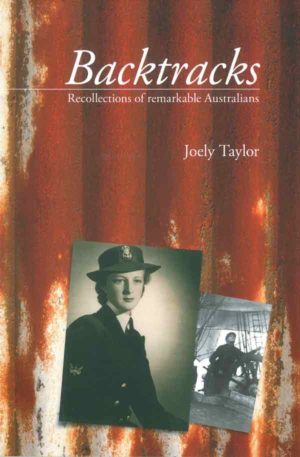

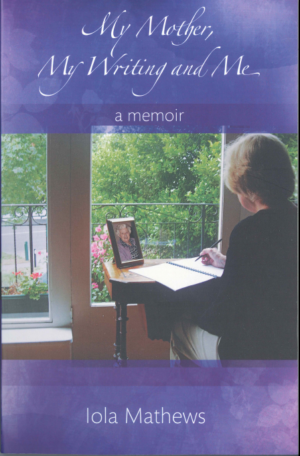




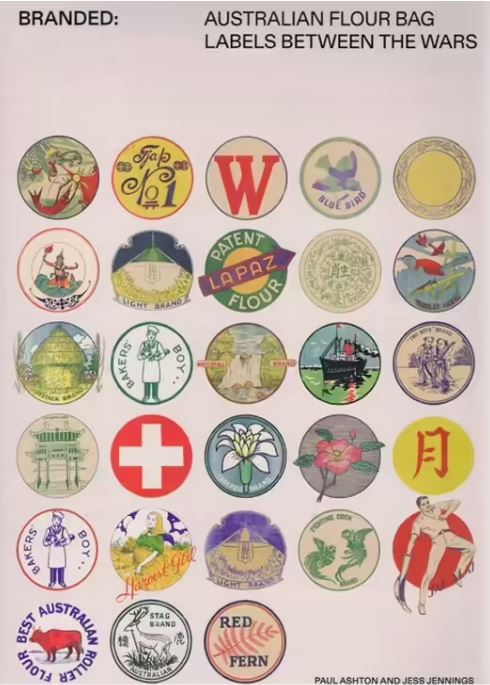
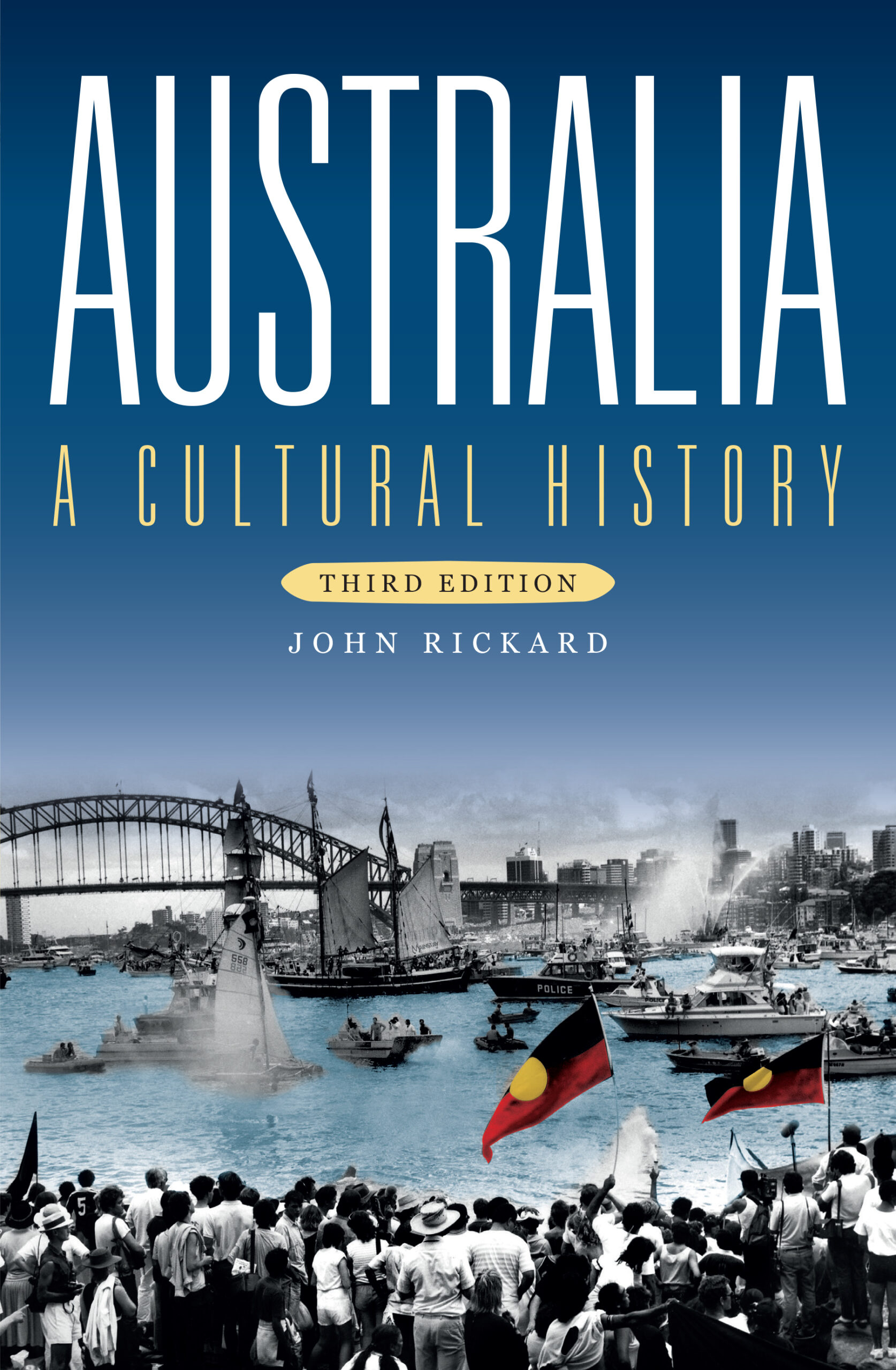
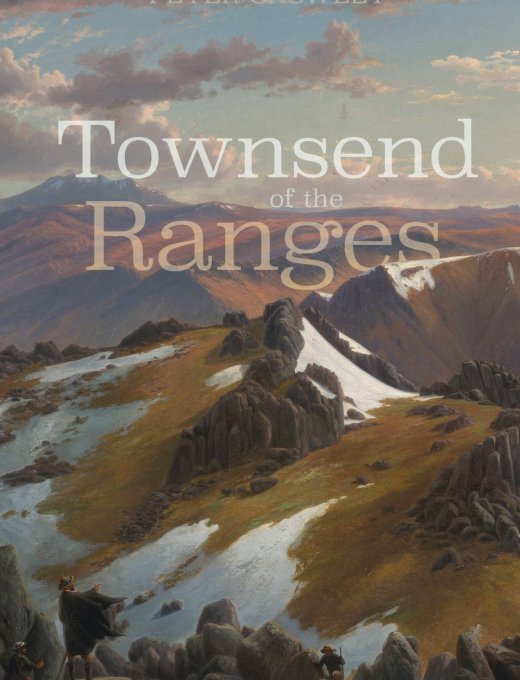

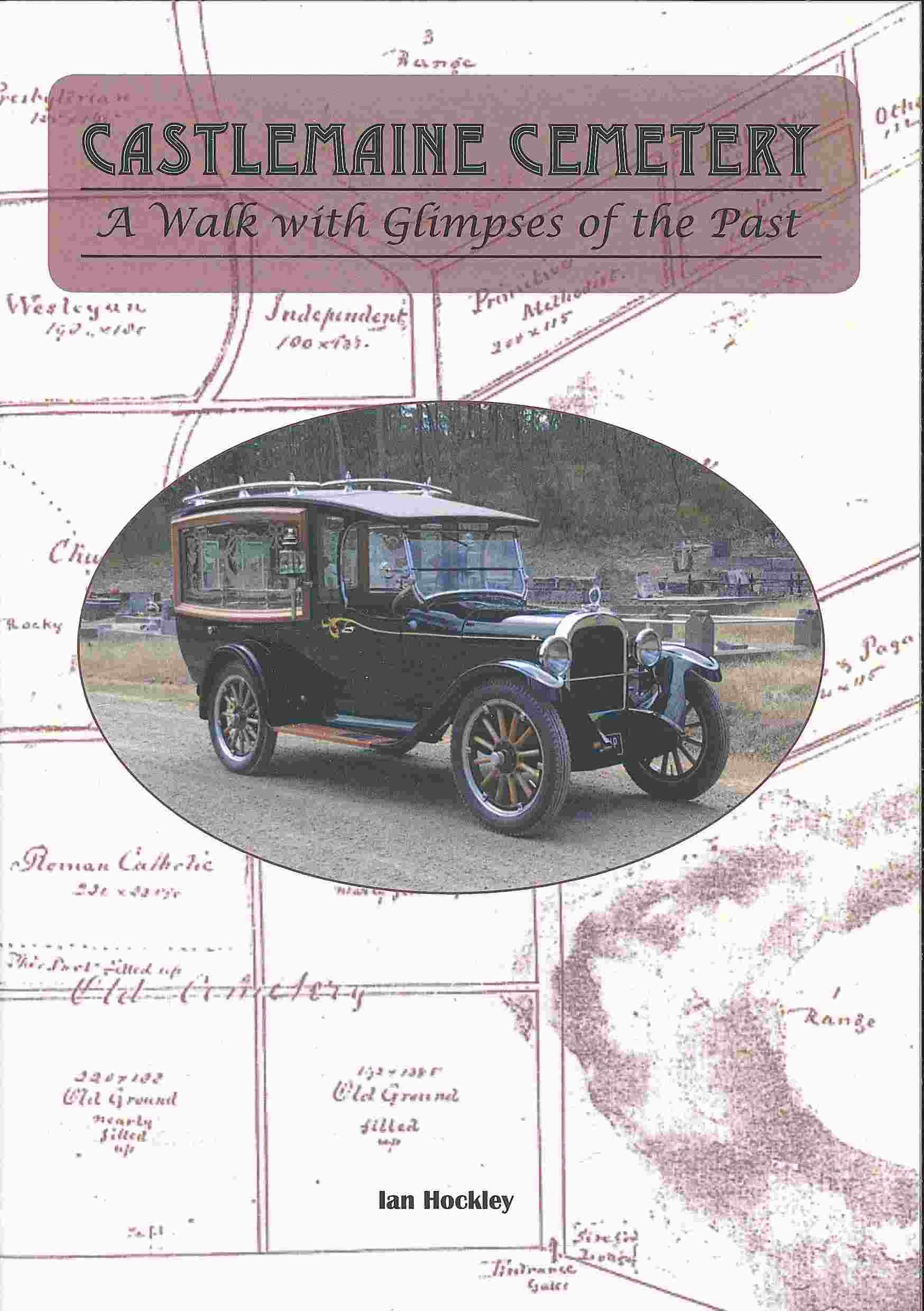

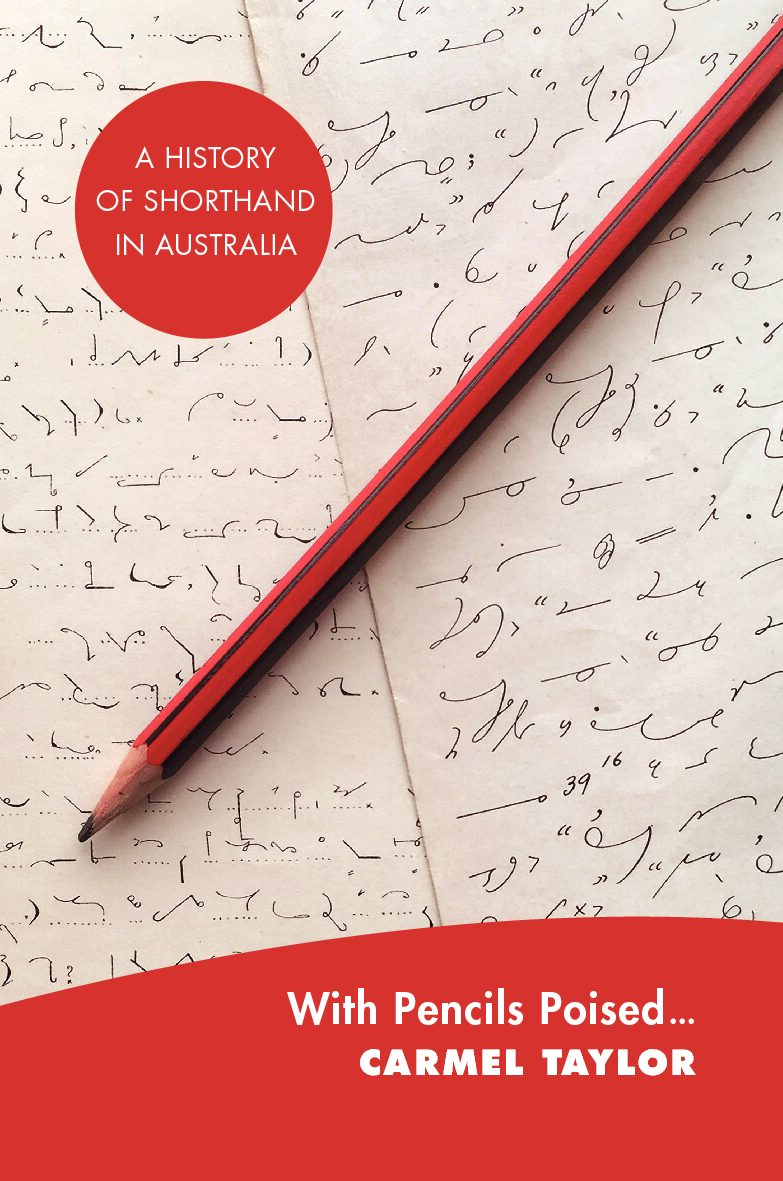
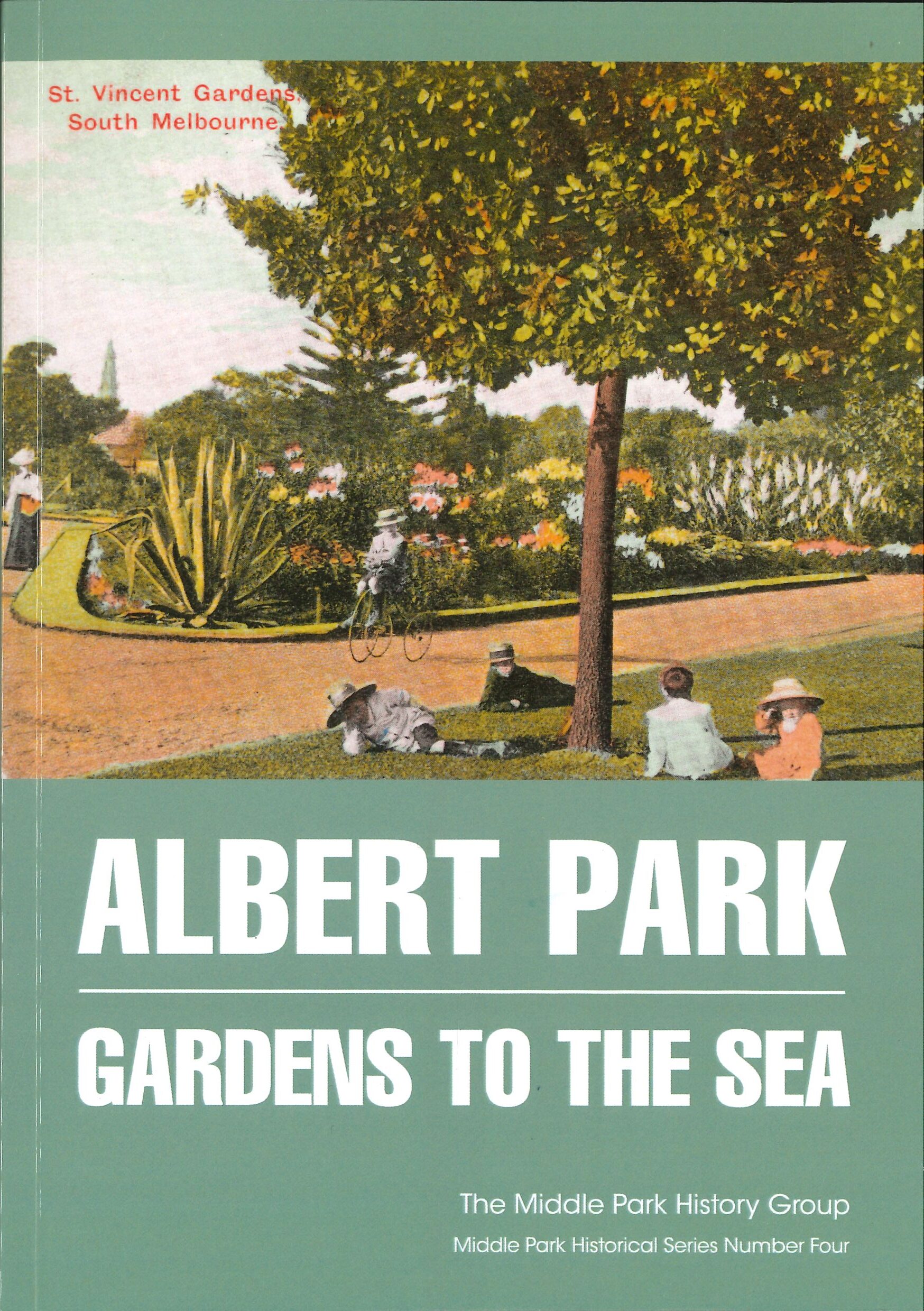

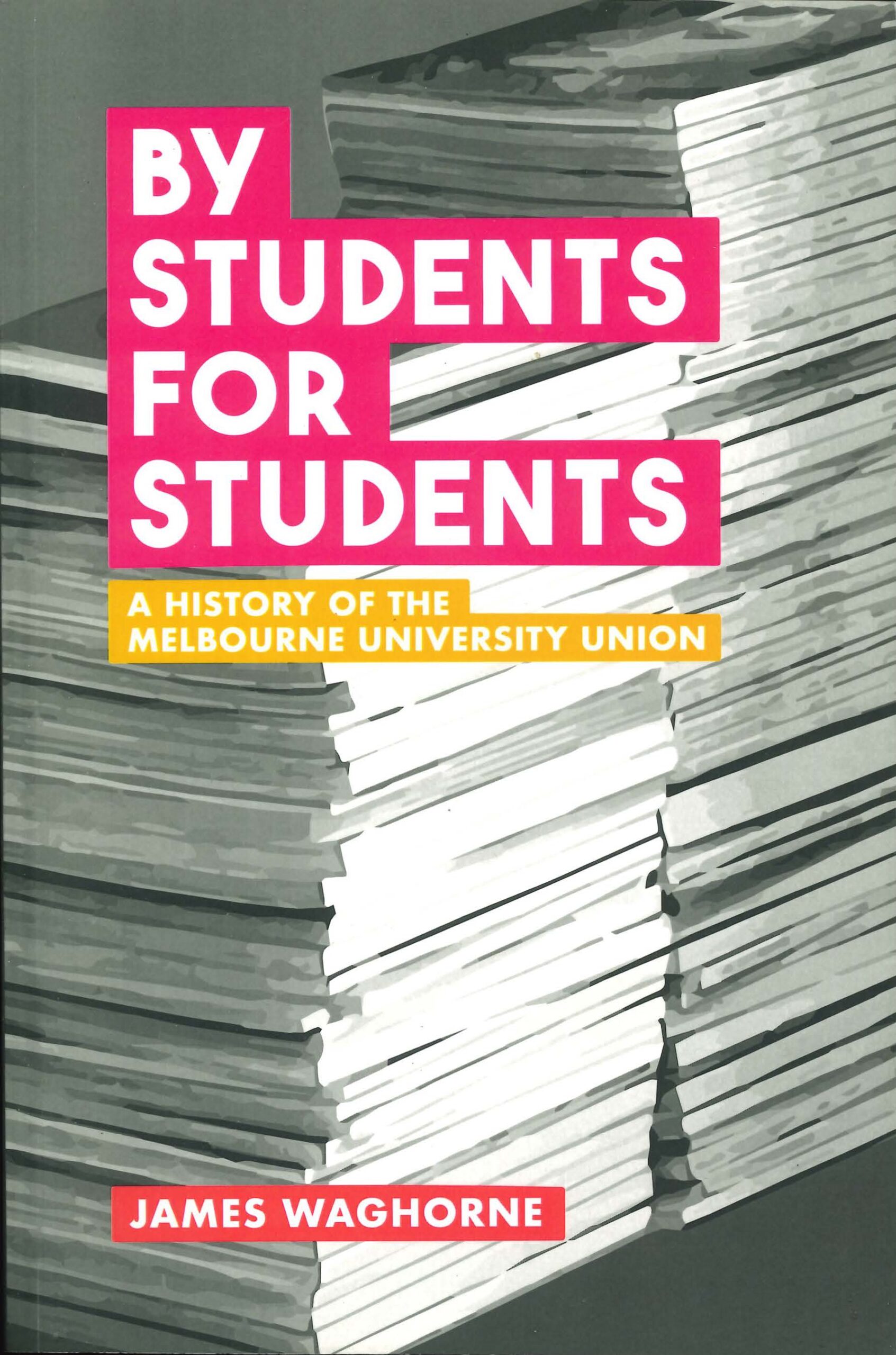




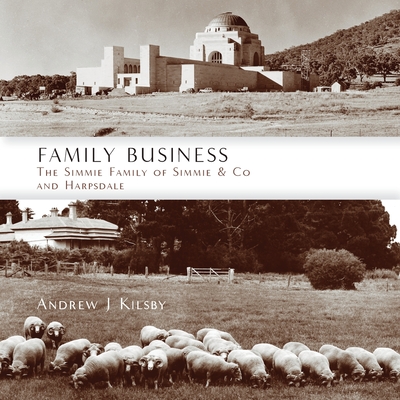
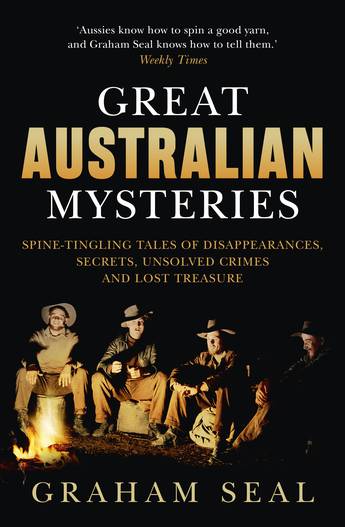
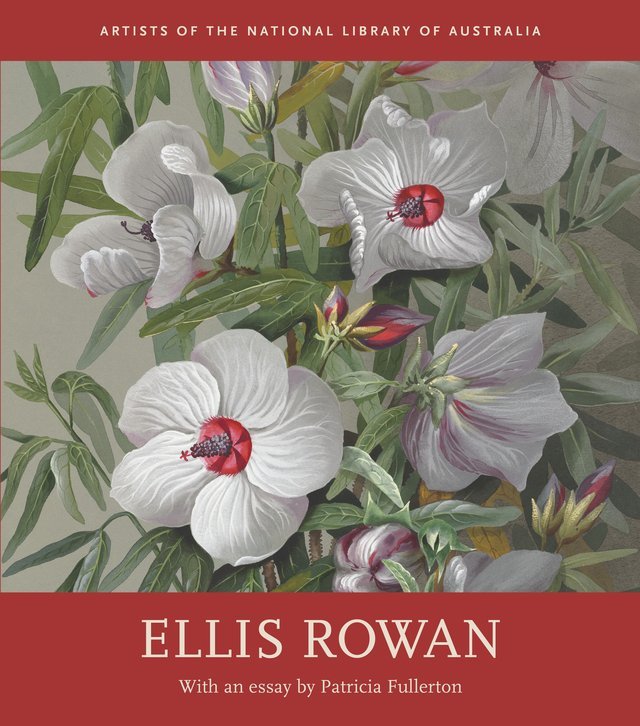

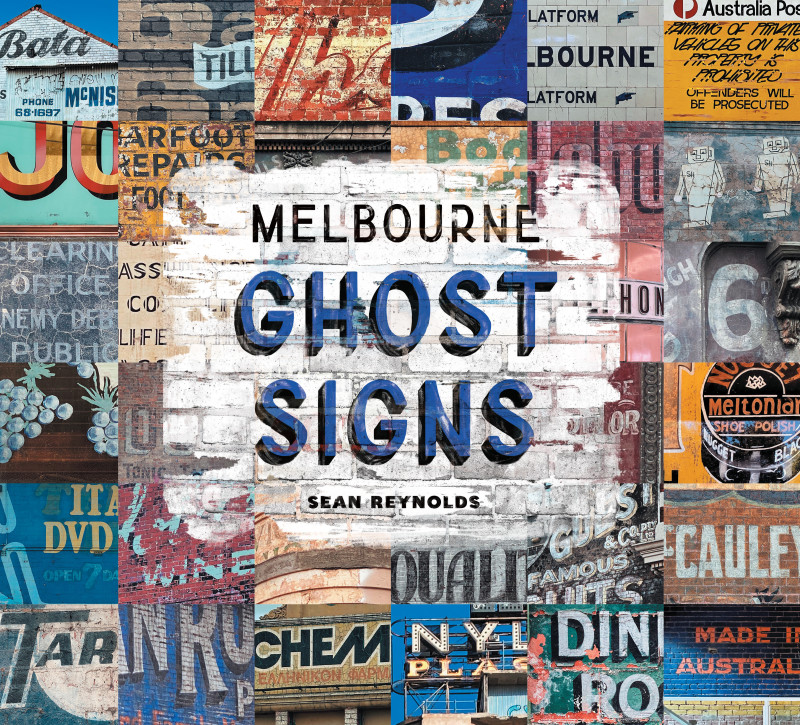

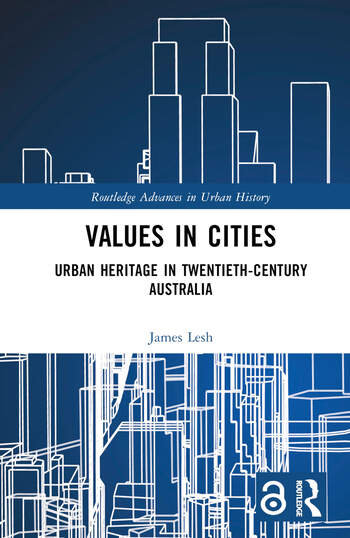
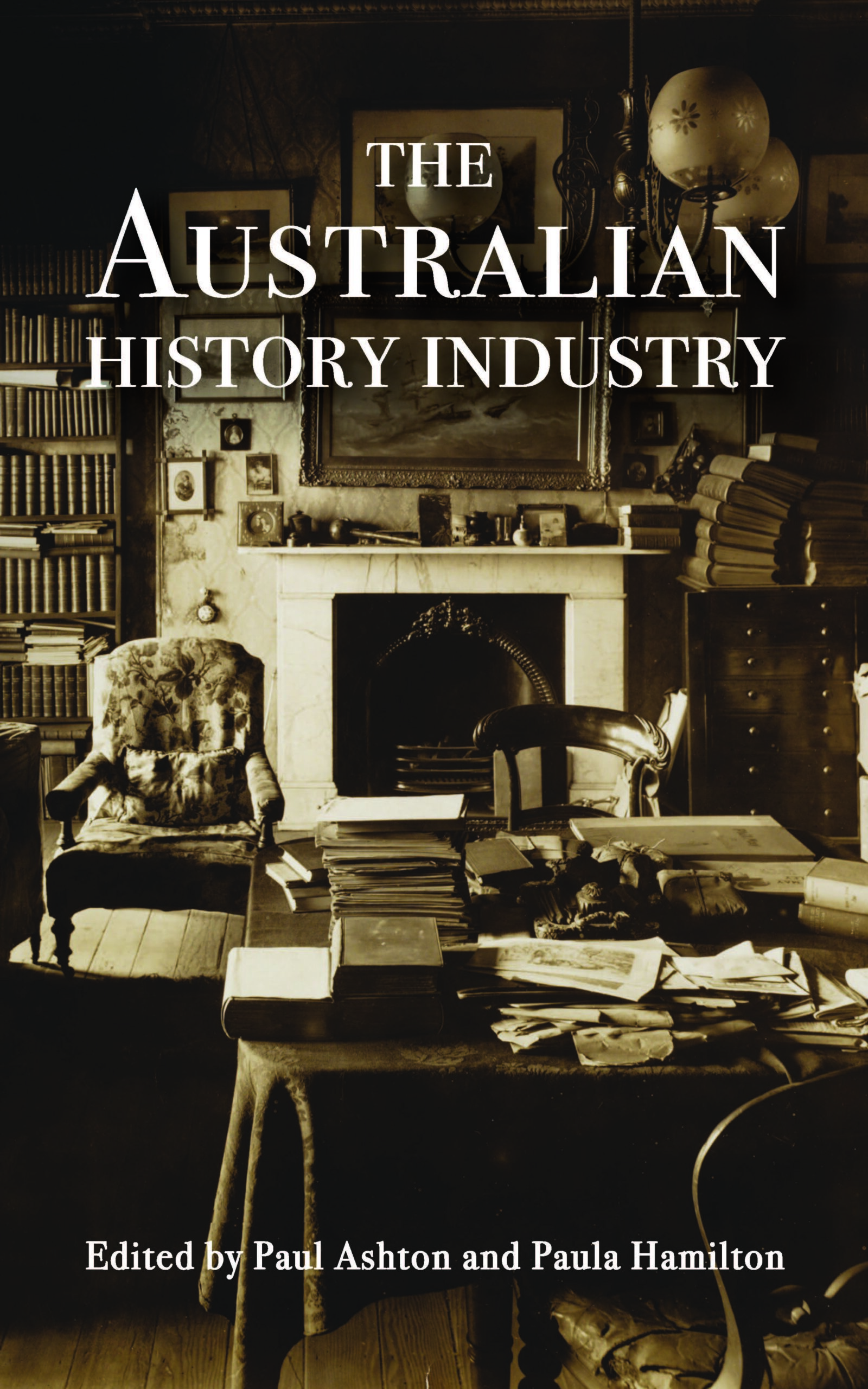
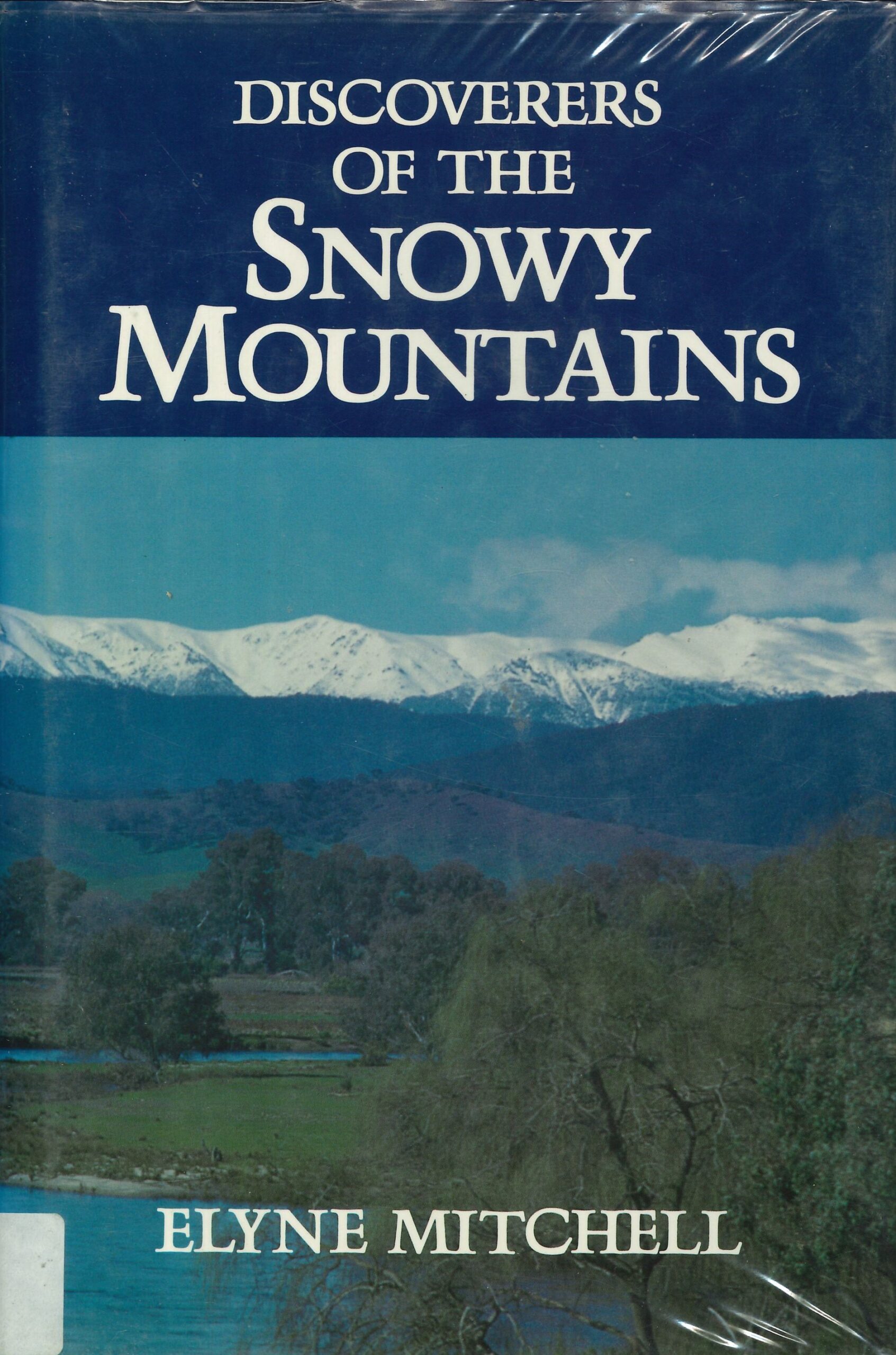
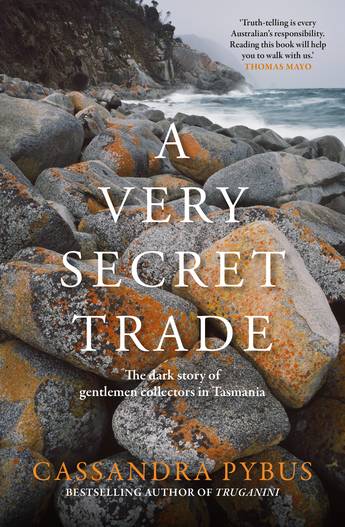
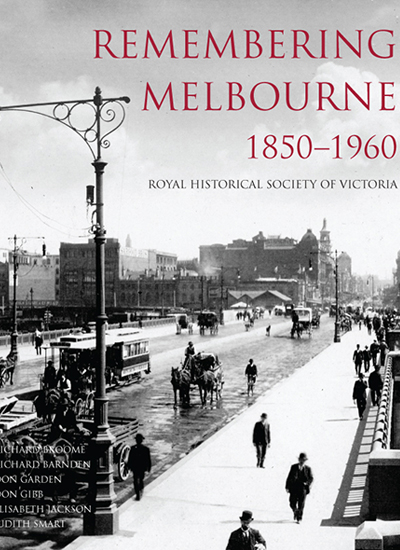
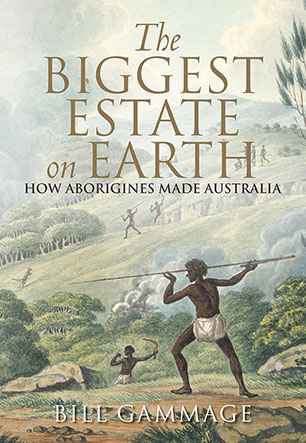
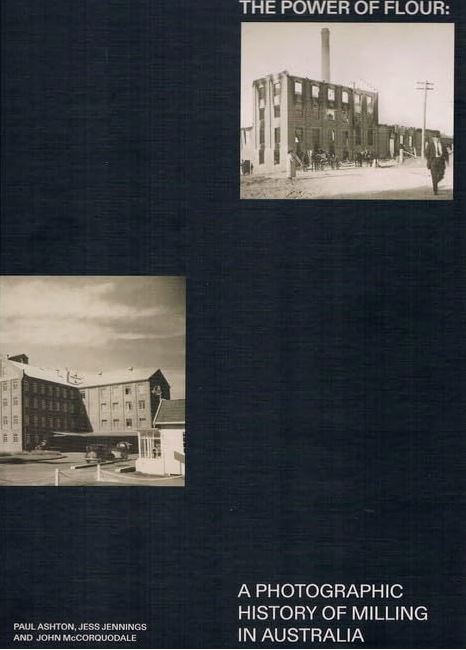
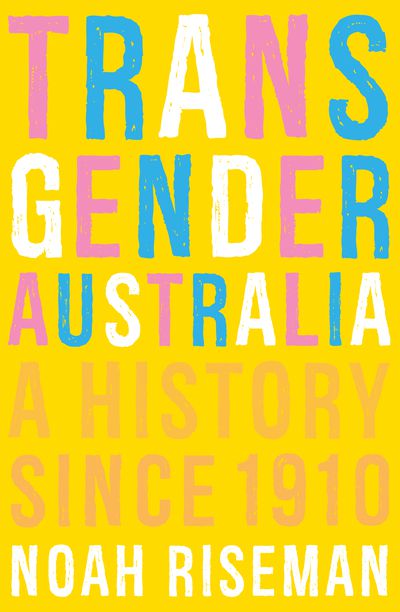
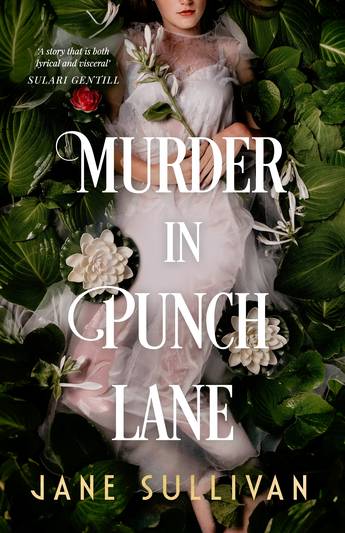






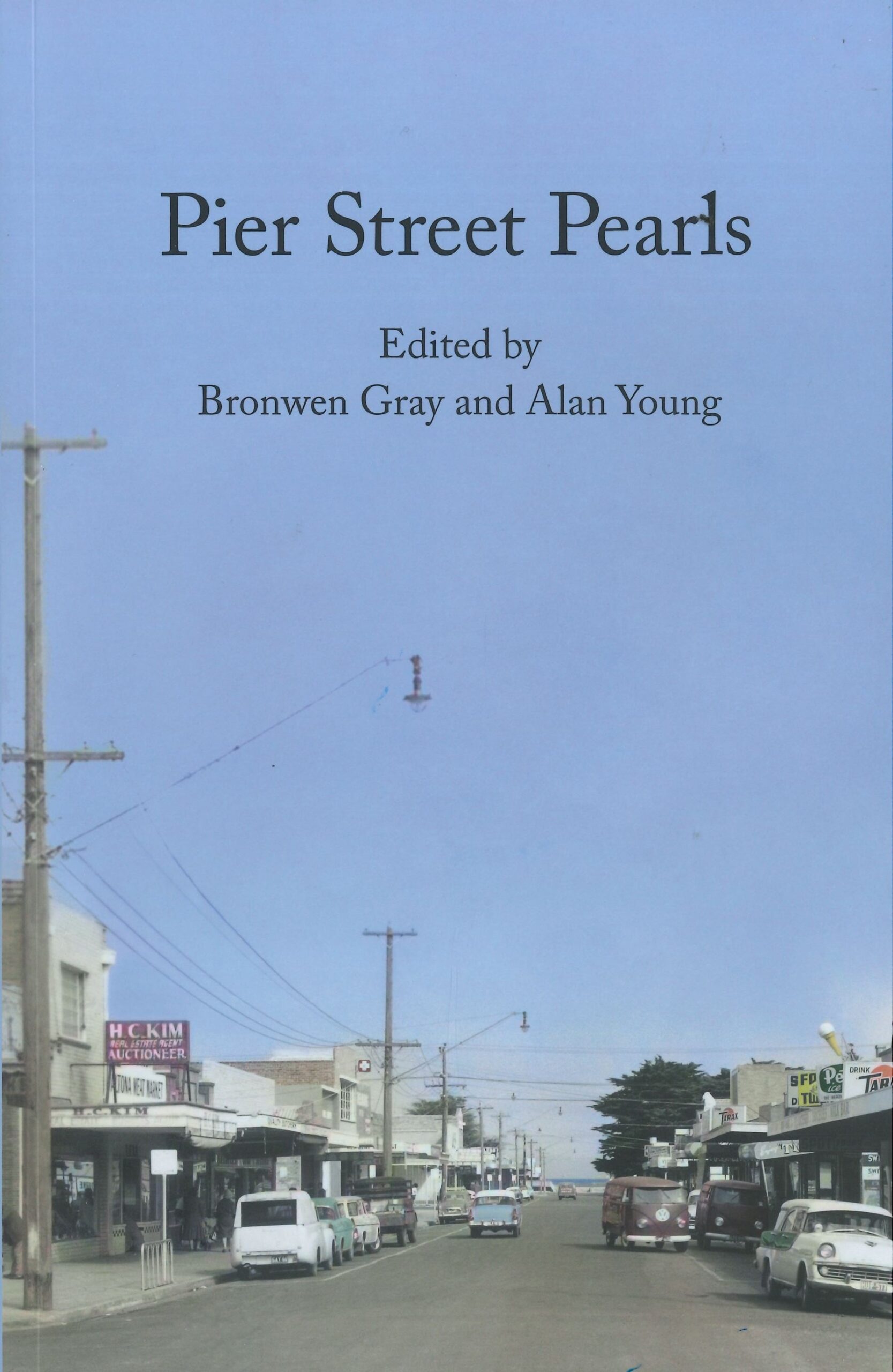
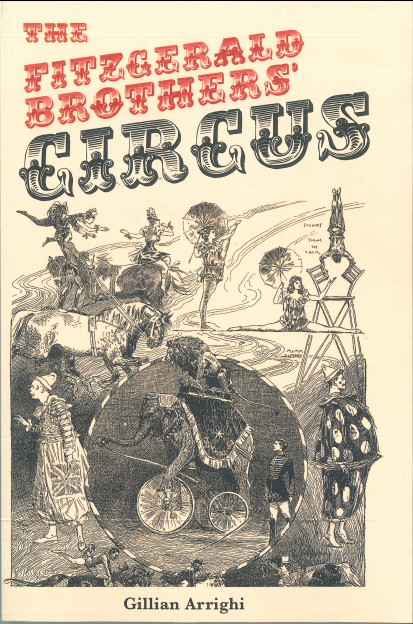


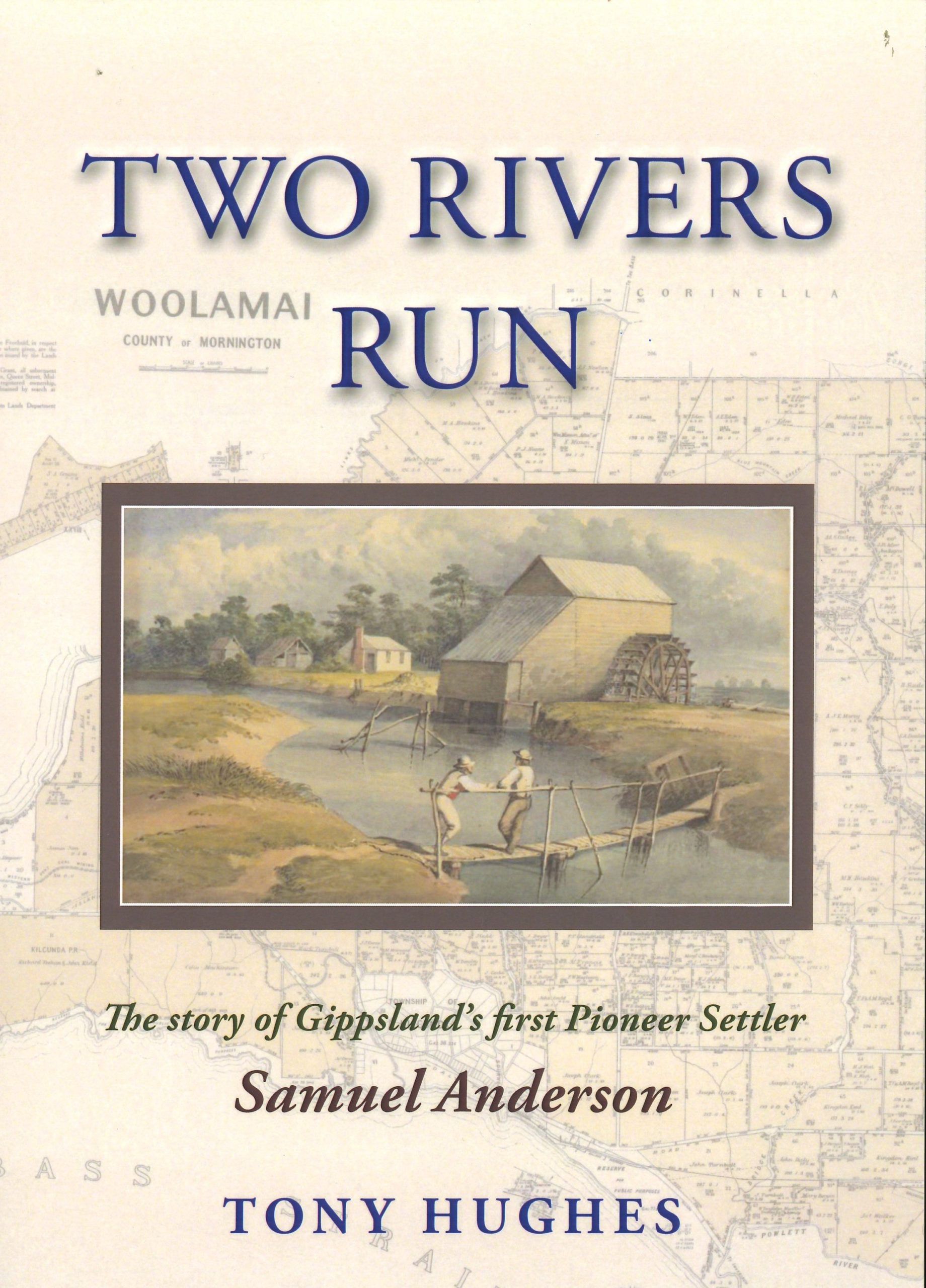
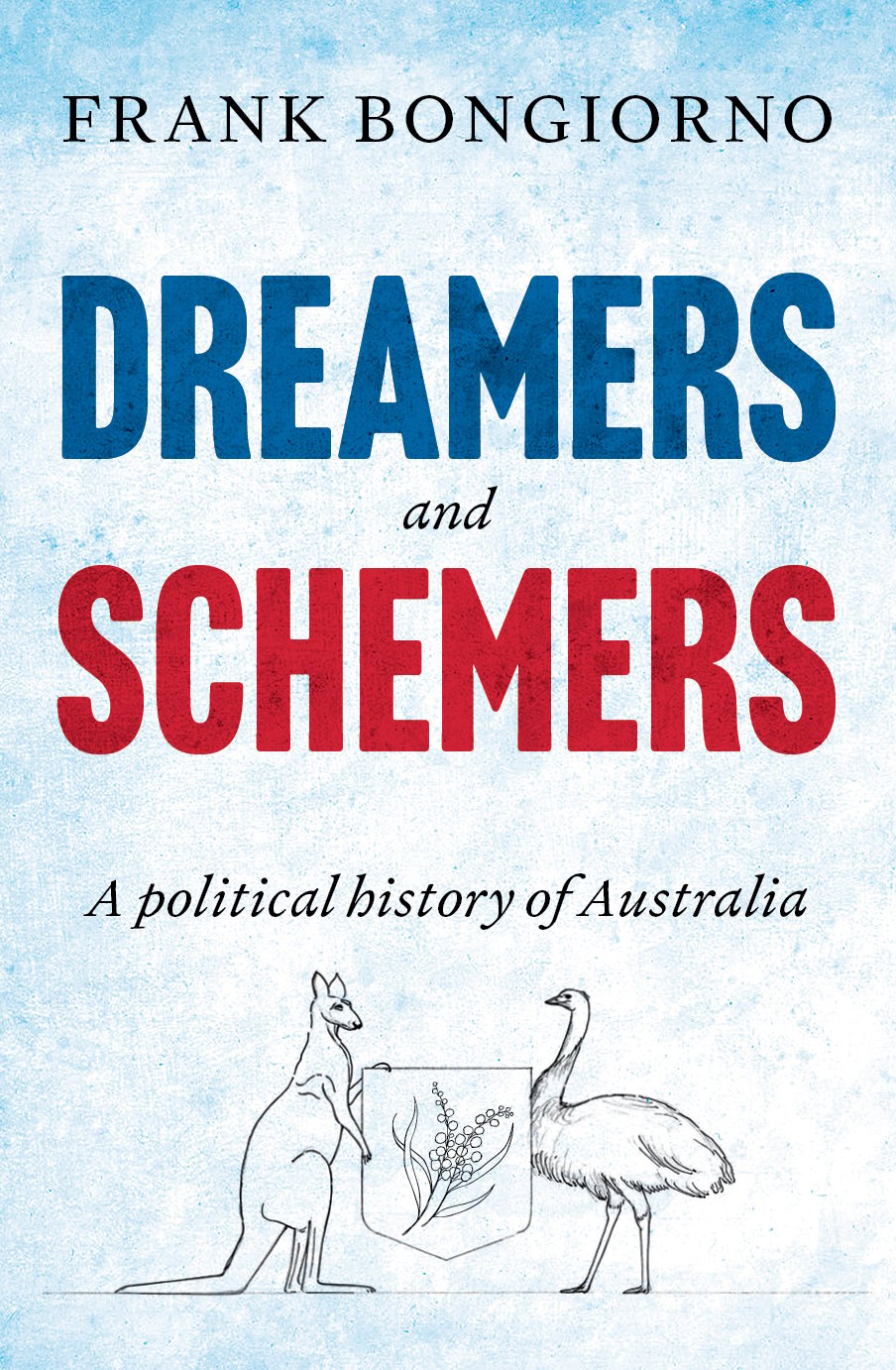

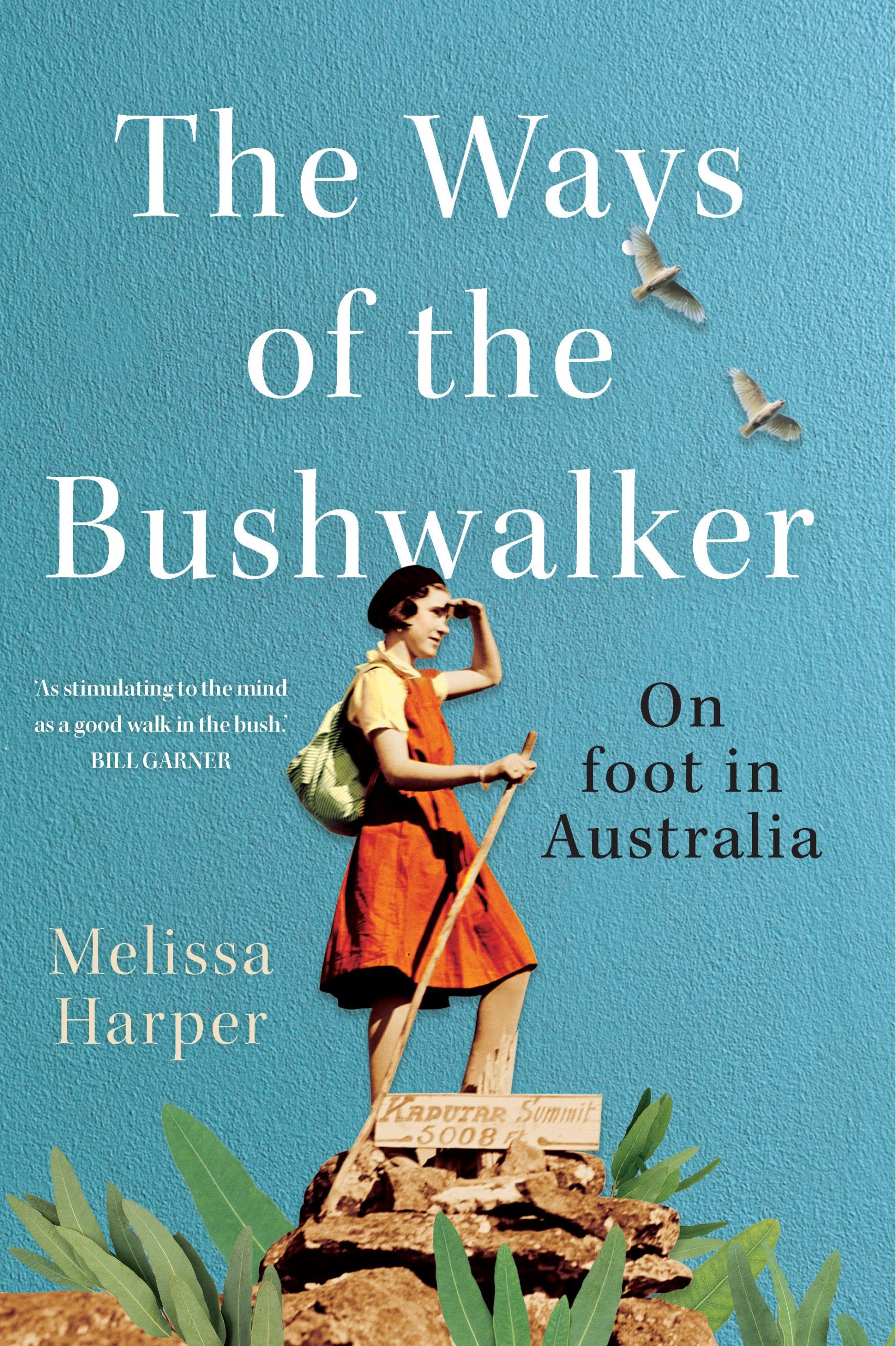
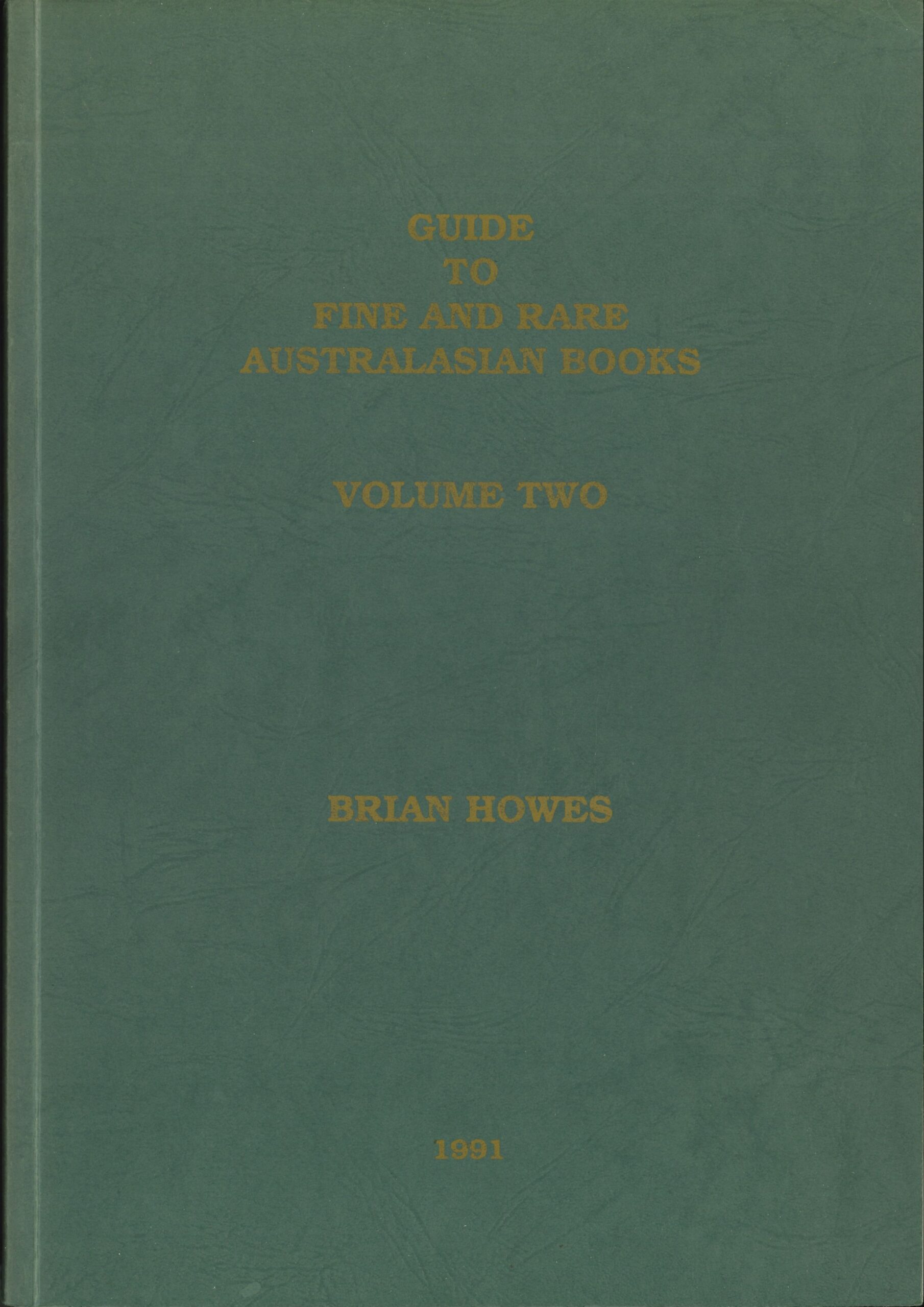
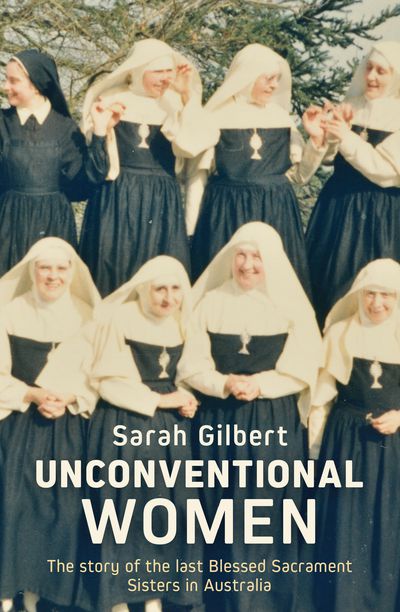
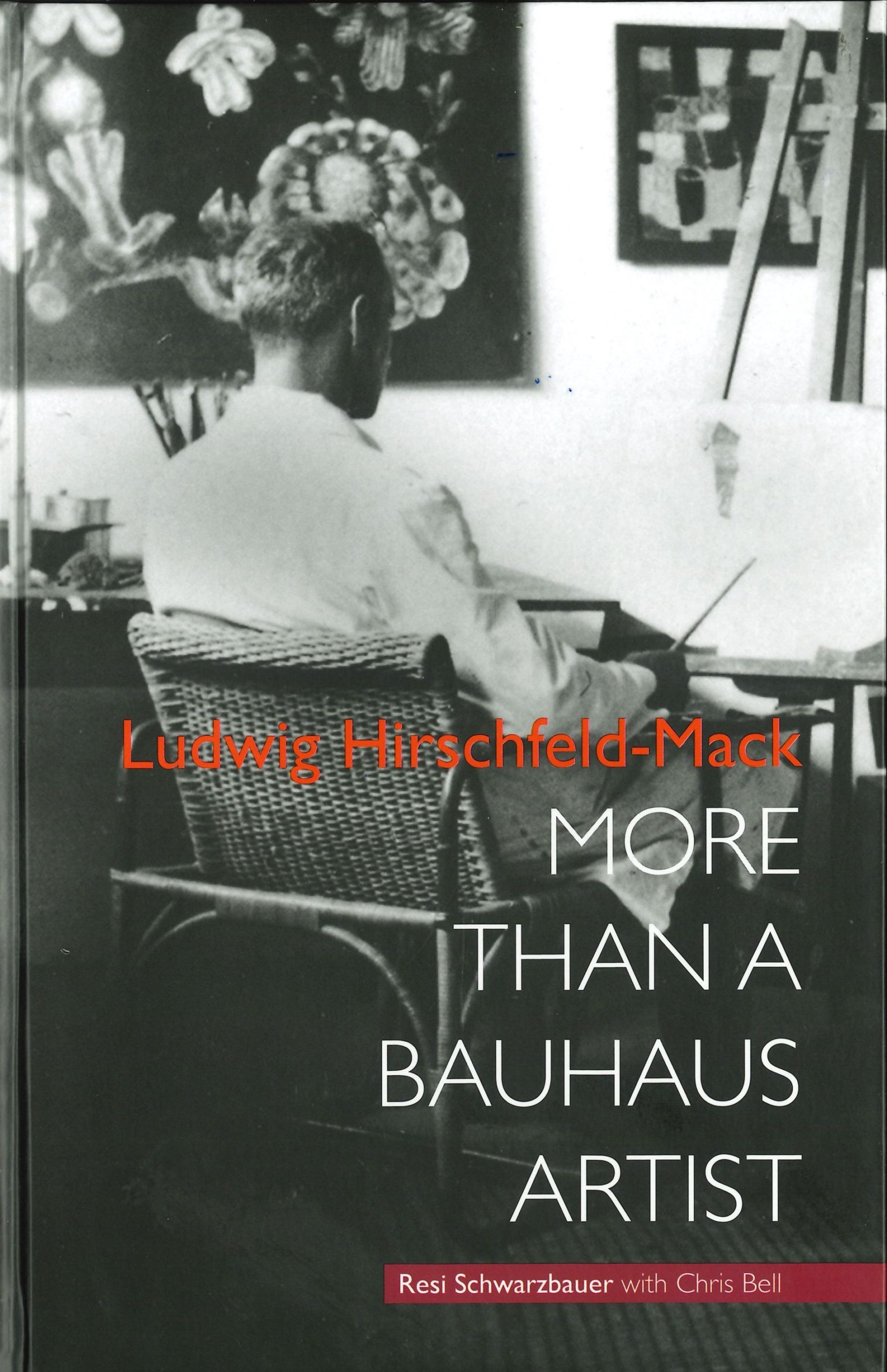
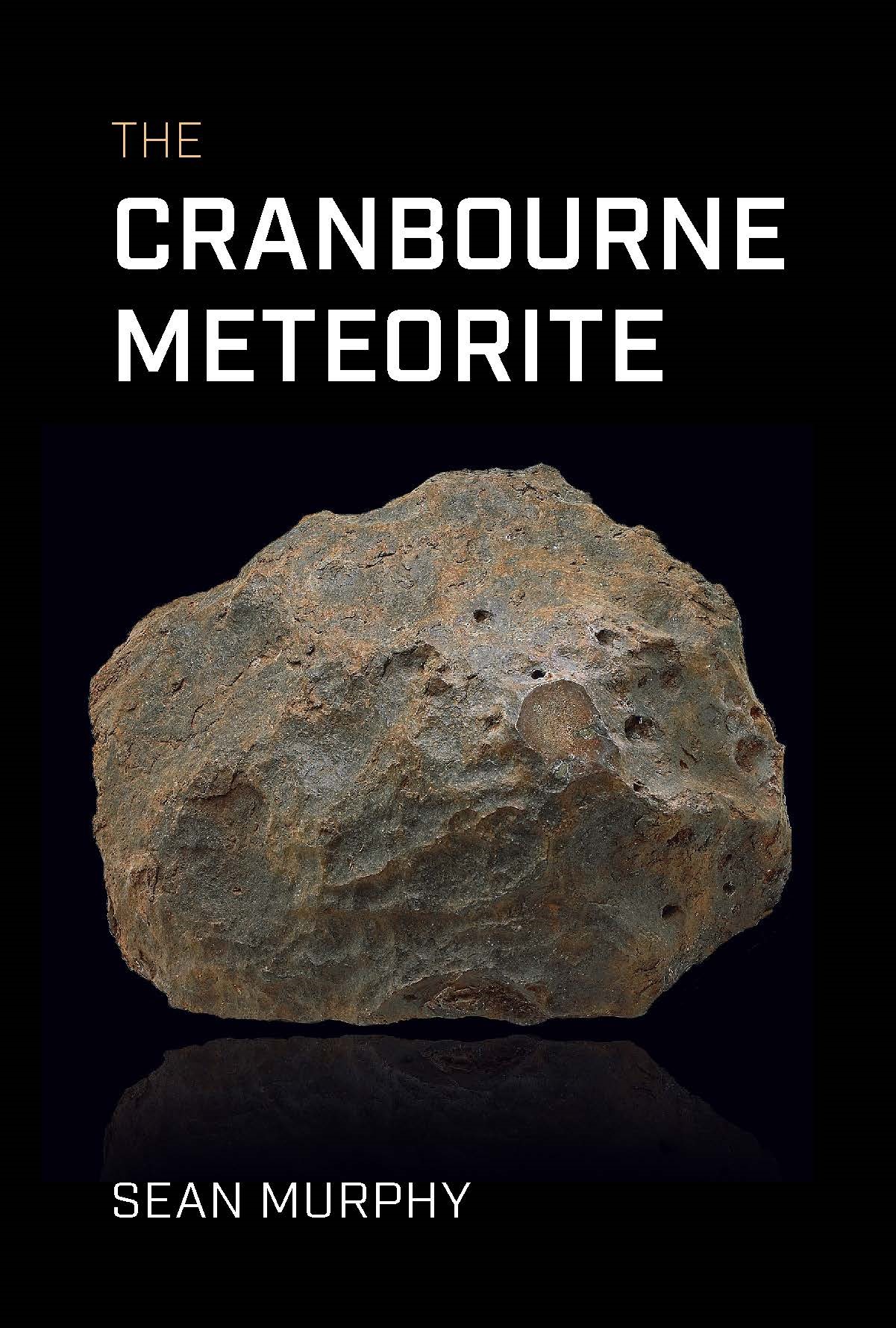




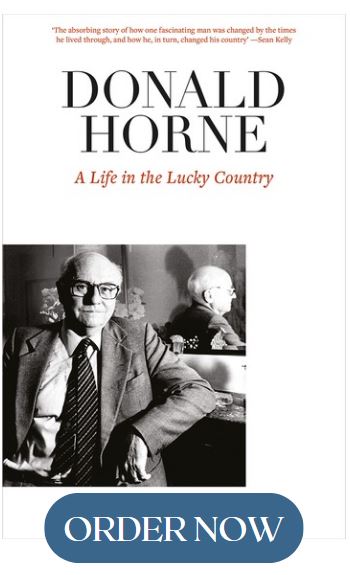
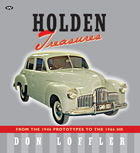


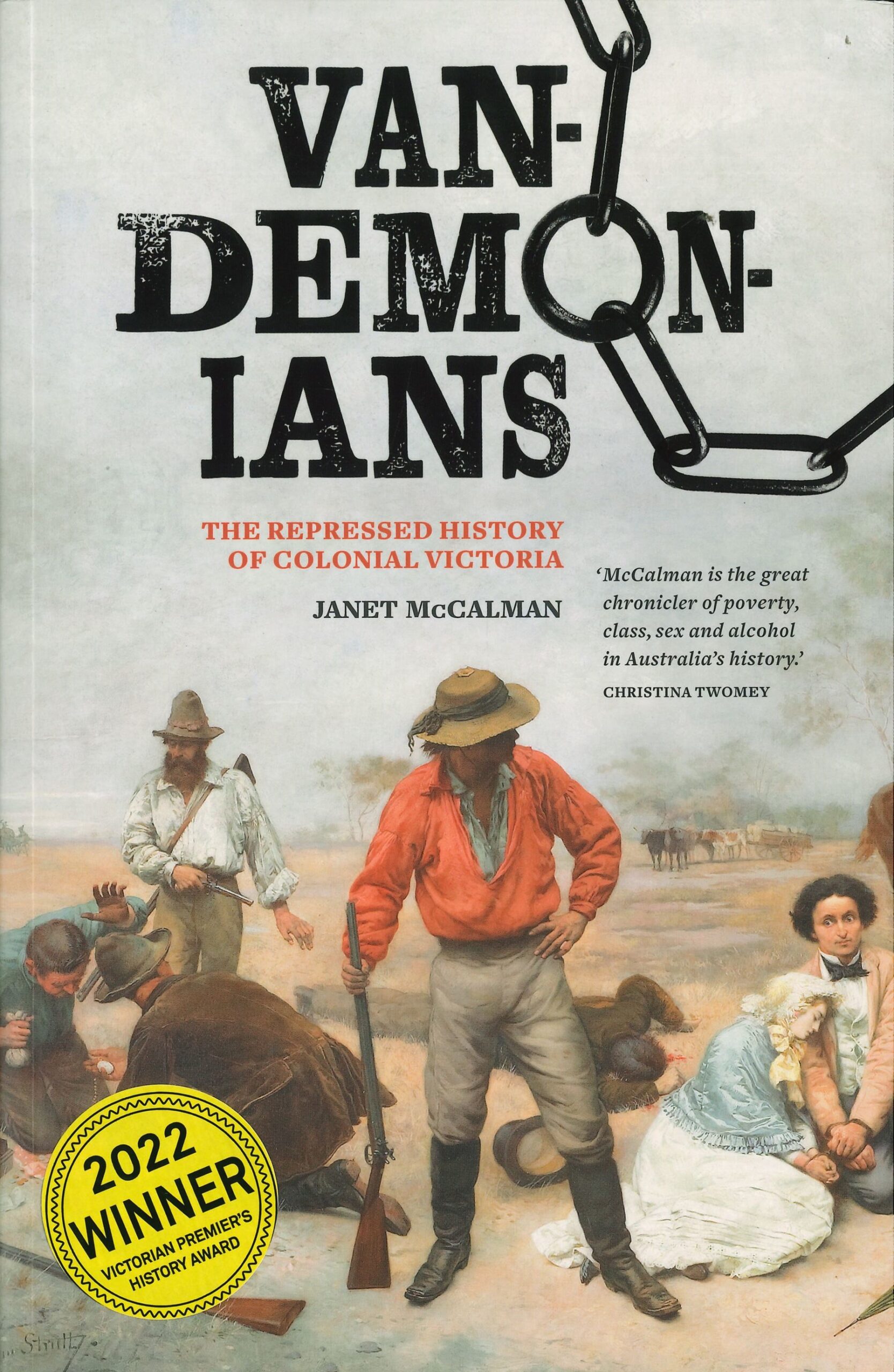
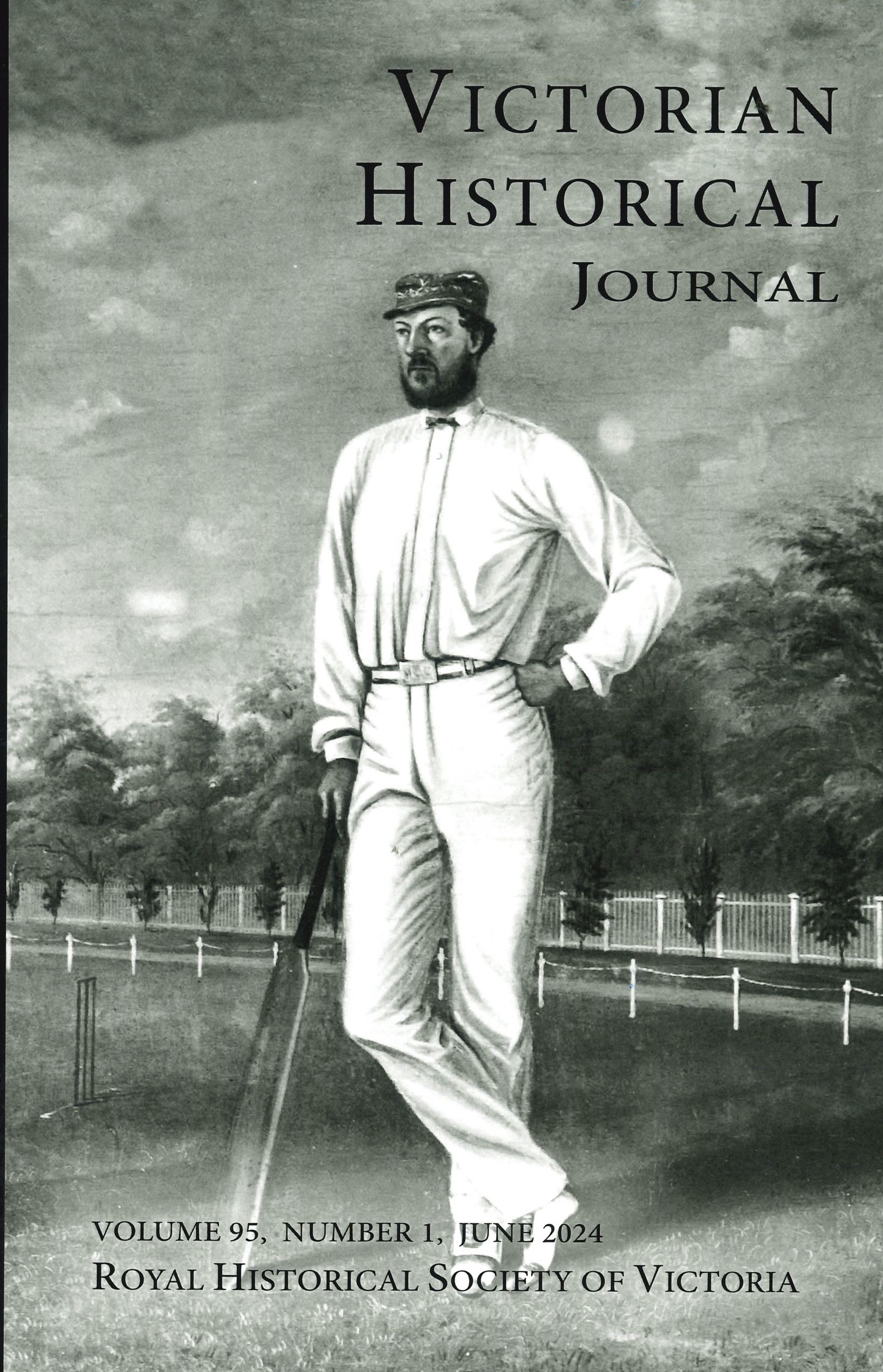


 239 A'Beckett Street Melbourne, Victoria, 3000
239 A'Beckett Street Melbourne, Victoria, 3000  03 9326 9288
03 9326 9288  office@historyvictoria.org.au
office@historyvictoria.org.au  Office & Library: Weekdays 9am-5pm
Office & Library: Weekdays 9am-5pm


Book Reviews Reviews
There are no reviews yet.